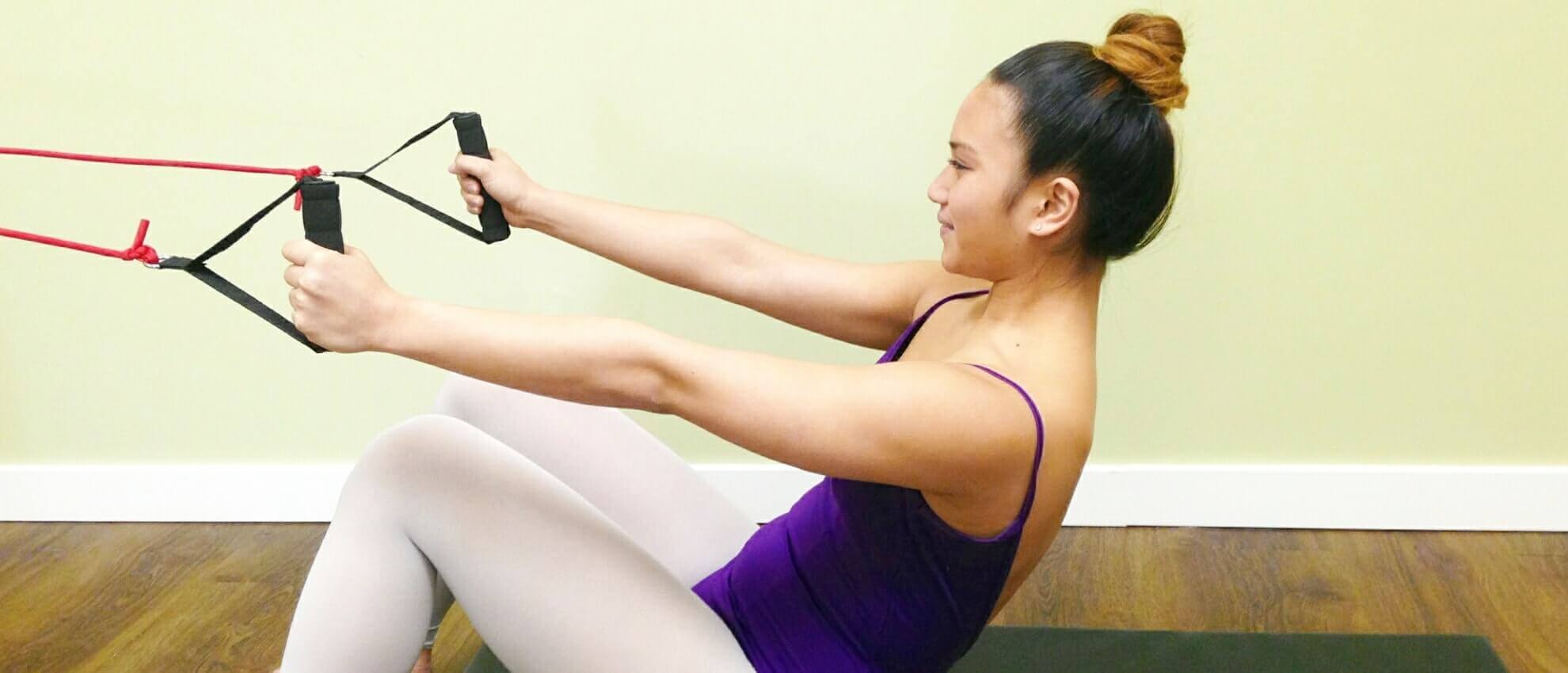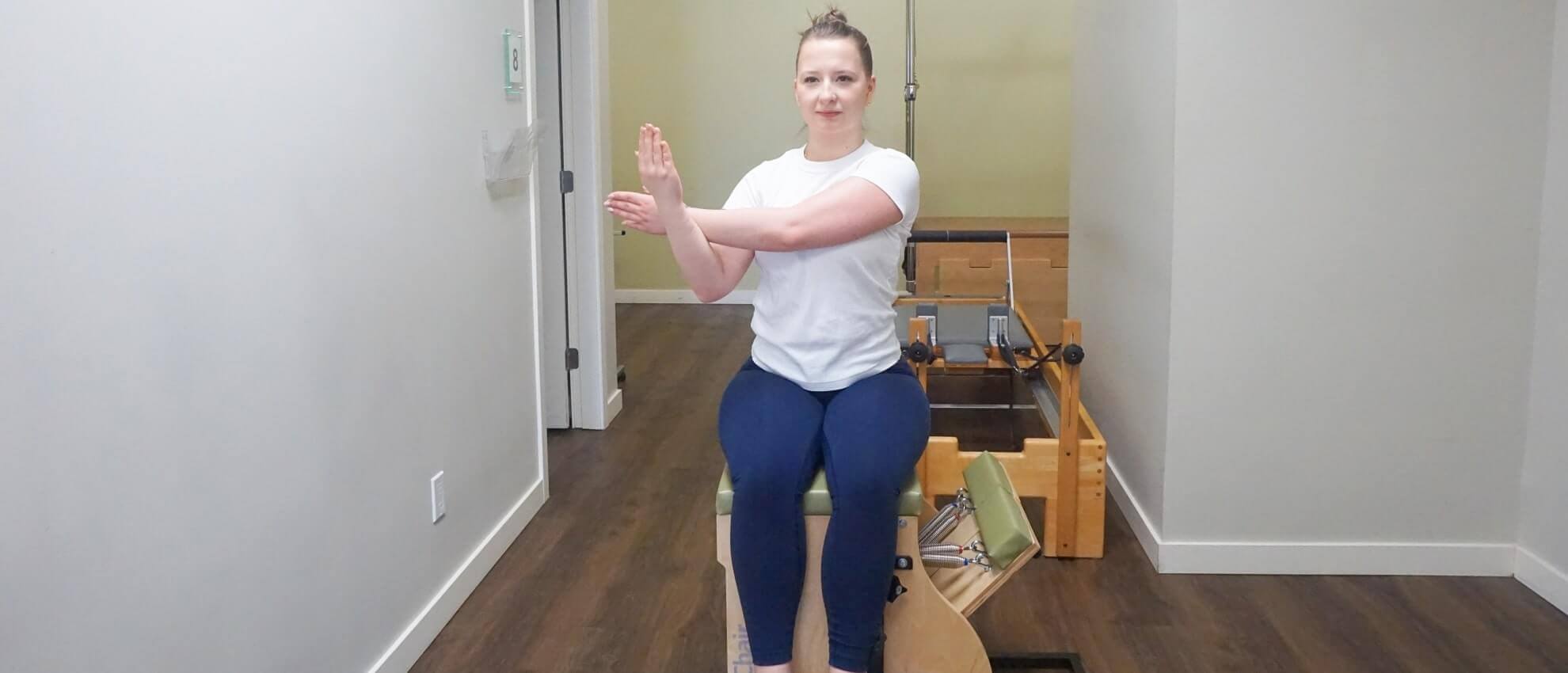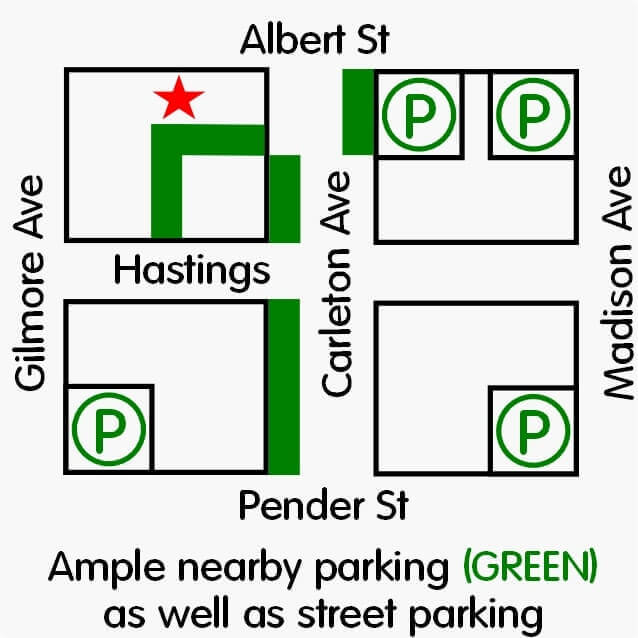10 Tips To Prevent Shoulder And Rotator Cuff Injuries
Sore, tight, or weak shoulders? Get a personalized prevention plan and hands-on care.
Phone 604-738-1168
Book now
How To Prevent Shoulder Injury: 10 Practical Tips
1. Warm up your shoulder muscles before any physical activity
Cold tissue tears more easily. Spend 5 minutes on a movement that matches your task.
Try:
- Small → large arm circles (10s each direction)
- Shoulder shrugs × 10 (up to ears, hold 2s, relax)
- Cross-body stretch × 15–30s per side
- Wall push-ups × 10, slow and controlled
Even for desk work, light mobility helps. Before lifting, doing sports, or performing overhead tasks, warm up more thoroughly.
2. Strengthen your rotator cuff (external & internal rotations)
Your rotator cuff stabilizes the joint through daily motion.
How:
- Elbow at 90°, tucked to your side
- Rotate forearm out (external) and in (internal) using a light band or 1–3 lb weight
- Start 2 × 15 reps, 2–3×/week
Add side-lying external rotations for variety. Progress reps before resistance; your rotator cuff is small and easy to overwork. Make these your go-to prep on shoulder-heavy days to prevent rotator cuff injury.
3. Practice proper posture to reduce shoulder strain
Forward head / rounded shoulders compress your rotator cuff.
- Head over shoulders; shoulders relaxed down and back
- Screen at eye level; elbows by your sides
- Hourly backward shoulder rolls × 5
- Sleep smart: avoid sleeping on your stomach; rather try sleeping on your back or side with good pillow support
Tiny posture resets throughout your day can help reduce fatigue and strain.
4. Avoid repetitive overhead movements when possible
Overhead reach stresses your rotator cuff tendons.
- Lower frequently used items; use a step ladder
- Rotate tasks at work and take 15–20 min breaks
- Use extension tools (eg. long-handled rollers)
When you must go overhead, move smoothly — no jerky reps.
5. Use ergonomic tools and adjust your workspace
Setups that force reaching or shrugging can irritate your shoulder.
- Monitor: set at your eye height
- Keyboard / mouse: elbow height; arms rest at sides
- Chair: lumbar support; feet flat
- Tools: padded grips; avoid neck-cradled phones — use a headset
Stand up every 30 minutes, change positions, and ensure good lighting.
6. Take frequent breaks during shoulder-heavy tasks
Micro-breaks prevent overload.
- Every 20–30 minutes, rest 30 seconds
- Let your arms hang, roll your shoulders backward, or do a gentle cross-body stretch
- Athletes: add water breaks and move your joints in different planes between drills
Do not wait for pain — take breaks early and often.
7. Gradually increase the intensity to prevent overuse injuries
Follow the 10% rule for load / time increases per week.
- Soreness >48 hours? Scale back.
- After time off, start at ~50% of your prior workload.
- Log sets / reps / time to avoid guessing.
- Plan at least one rest day between your heavy shoulder sessions.
8. Avoid lifting heavy objects with poor mechanics
Protect your rotator cuff and labrum with smarter lifts.
- Keep loads close to your chest
- Bend your knees / hips, keep back neutral
- Avoid lifting above shoulder height without a platform
- Turn with your feet, do not twist under load
- Team-lift items >10–11 kg (~23–25 lb) you move often
Practice proper form with no weight first; alternate your “strong side” to prevent overload.
9. Stretch your shoulder muscles regularly to maintain flexibility
Mobility keeps mechanics clean. Daily:
- Shoulder rolls forward / back × 5
- Cross-body stretch 20–30s each side
- Doorway pec stretch (forearm on frame, gentle step forward)
Hold at least 30 seconds; do not bounce. Stretch both sides to avoid imbalances.
10. Engage in scapular stabilization exercises
Stable shoulder blades = safer shoulders.
- Wall slides (slow “snow angel”)
- Prone Y-raises (hold 2–3s, ×10)
- Band pull-aparts (squeeze your shoulder blades together)
Do 2–3 sets of 10–12, 3×/week to build a strong base and reduce rotator cuff stress.

Understanding Shoulder & Rotator Cuff Anatomy – Patient Basics
Your shoulder is incredibly mobile but gives up some stability to get it.
Key parts:
- ball-and-socket joint (humerus-scapula)
- collarbone (clavicle)
- joint capsule
- rotator cuff (supraspinatus, infraspinatus, teres minor, subscapularis)
- shoulder blade (scapula)
Your supraspinatus tendon often gets pinched during overhead reach, especially with posture issues or repetitive work. Limited blood supply near the tendon’s bony attachment also slows healing. Nearby bursae can get inflamed and painful when irritated.
Recognizing Common Causes Of Shoulder Injury
Overhead movements & lifting risks
High-shelf lifting, overhead painting, and throwing without a warm-up challenge your shoulder stability and can cause impingement or a dislocated shoulder after a fall or awkward twist. Loads held away from your body can further strain your rotator cuff.
Repetitive stress on your rotator cuff
Jobs with frequent reaching (eg. construction, painting, warehousing) and sports with overhead motion (eg. tennis, swimming, baseball) can produce small, cumulative tendon damage — especially after age 40. Respect early warning signs and program rest periods into your schedule.
Sore, tight, or weak shoulders? Get a personalized prevention plan and hands-on care.
Schedule your online physiotherapy session today
Phone 604-738-1168
Key Signs & Symptoms Not To Ignore
Early warning signs of rotator cuff damage
Night pain (especially when laying on your shoulder), painful clicking, weakness with overhead reach, stiffness limiting behind-the-back reach, or pain radiating to your elbow? Best to go and get assessed.
When to seek care for a shoulder injury
Sudden severe pain, visible deformity, inability to move, numbness / tingling, swelling, and warmth. Do not attempt self-reduction; seek urgent care instead.
FAQs: Preventing Shoulder Injury
Q: What are the best exercises to help avoid shoulder injuries?
A: External and internal rotations, wall push-ups, and shoulder-blade squeezes. Add scapular work (wall slides, band pull-aparts).
Q: How do I modify workouts to protect my rotator cuff?
A: Warm up 5–10 minutes, reduce loads, slow tempo, and avoid overhead moves if there is pinching. Use landmine presses, rows, and carries below shoulder height.
Q: Can posture really cause shoulder problems?
A: Yes. A forward, rounded posture narrows the space for your rotator cuff tendons. Optimize your workstation and schedule posture breaks every 30–60 minutes.
Q: What warm-ups help prevent rotator cuff injury?
A: Arm circles, cross-body stretches, pendulums, light band rotations (elbow tucked). Start small and build.
Q: What warning signs should make me book an appointment?
A: Night pain, weakness with overhead reach, persistent soreness for>7–10 days, clicking with pain, or any trauma with immediate loss of motion.
Why Choose Cedar Chiropractic & Physiotherapy?
We blend hands-on therapy, progressive exercise, posture / ergonomic coaching, and graded return-to-sport or work. You will leave with clear exercises, dosing, and milestones — so you can lift, throw, and work overhead with confidence.
Ready to protect your shoulders?
Book your comprehensive shoulder assessment at Cedar Chiropractic & Physiotherapy. Same-week availability. Personalized plan. Clear next steps.
Book your shoulder assessment
Phone 604-738-1168

